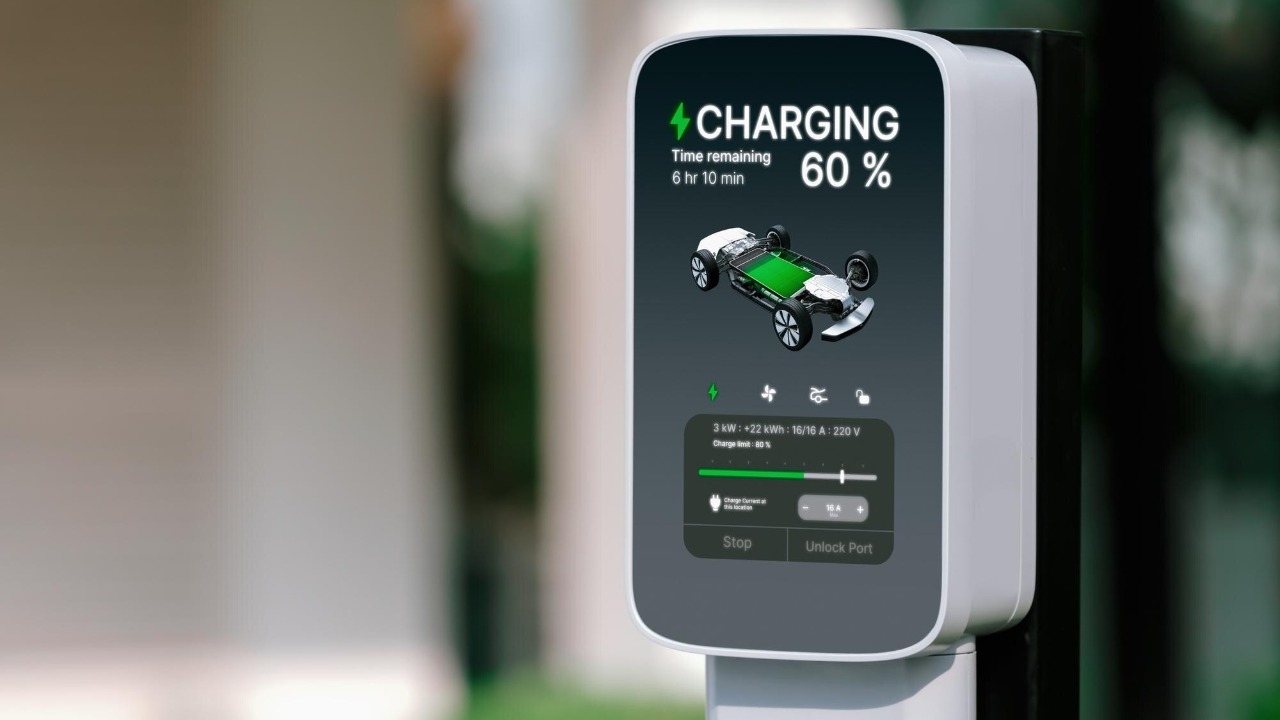
Researchers at the University of Limerick have made a groundbreaking advancement in battery technology by developing the world’s first dual-cation battery. This innovative battery combines lithium and sodium to achieve remarkable durability, enduring 1,000 cycles without significant degradation. Announced on October 15, 2025, this development addresses key challenges in sustainable energy storage by leveraging abundant sodium alongside scarce lithium, potentially transforming the landscape of energy storage solutions.
The Breakthrough at University of Limerick
The development of the dual-cation battery at the University of Limerick marks a significant milestone in battery technology. The research team focused on integrating lithium and sodium ions into a single cathode structure, a process that required meticulous engineering and innovative thinking. By combining these two ions, the team was able to create a battery that not only maintains high performance but also offers enhanced durability compared to traditional lithium-ion batteries. This breakthrough was made possible by the university’s robust research infrastructure and the expertise of its scientists, who have been at the forefront of energy storage research.
The University of Limerick, known for its strong emphasis on scientific research and innovation, provided the ideal environment for this project. The institution’s resources and commitment to sustainable energy solutions played a crucial role in the successful development of the dual-cation battery. The announcement of this battery on October 15, 2025, represents a pivotal moment in the field of energy storage, highlighting the university’s contribution to addressing global energy challenges.
Core Design of the Dual-Cation Battery
The core design of the dual-cation battery revolves around the strategic use of both lithium and sodium ions. This combination allows the battery to store and release energy efficiently, leveraging the strengths of each element. Lithium, known for its high energy density, pairs with sodium, which is more abundant and cost-effective, to create a balanced and sustainable energy storage solution. This dual-ion approach not only enhances the battery’s performance but also reduces reliance on lithium, which is a critical and limited resource.
The cathode architecture of the dual-cation battery is specifically designed to support the operation of both lithium and sodium ions. This innovative structure ensures compatibility between the two ions, allowing them to function synergistically without compromising the battery’s performance. The successful integration of these ions into a single cathode is a testament to the advanced engineering and research capabilities at the University of Limerick, setting a new standard for future battery designs.
Performance Metrics and Endurance Testing
The dual-cation battery’s endurance is one of its most impressive features, with the ability to withstand 1,000 charge-discharge cycles while maintaining minimal capacity fade. This durability was achieved through rigorous testing, where the battery consistently demonstrated its ability to retain performance over extended use. Such endurance metrics position the dual-cation battery as a viable alternative to traditional lithium-ion batteries, which often suffer from significant degradation over time.
In terms of specific energy and power outputs, the lithium and sodium mix enables the dual-cation battery to deliver robust performance metrics. This capability is crucial for practical applications, such as in electric vehicles or grid storage systems, where consistent and reliable energy output is essential. By comparing the 1,000-cycle durability of the dual-cation battery to that of conventional lithium-ion batteries, it becomes clear that this new technology offers a significant advantage in terms of longevity and sustainability.
Implications for Sustainable Energy
The introduction of the world’s first dual-cation battery has significant implications for sustainable energy. By incorporating sodium, an abundant and cost-effective alternative to lithium, this battery reduces the reliance on scarce resources, making it a more sustainable option for large-scale energy storage. This innovation aligns with global efforts to transition to more sustainable energy systems, addressing both environmental and economic concerns.
Looking ahead, the potential scalability of the University of Limerick’s prototype to commercial applications is promising. The dual-cation battery could be adapted for use in electric vehicles, offering a more sustainable and durable alternative to current battery technologies. Additionally, its application in grid storage systems could enhance the efficiency and reliability of renewable energy sources, further supporting the shift towards a more sustainable energy future. The successful development and potential commercialization of this battery underscore the importance of continued research and innovation in the field of energy storage.
For more detailed insights into this groundbreaking development, visit the Interesting Engineering article.